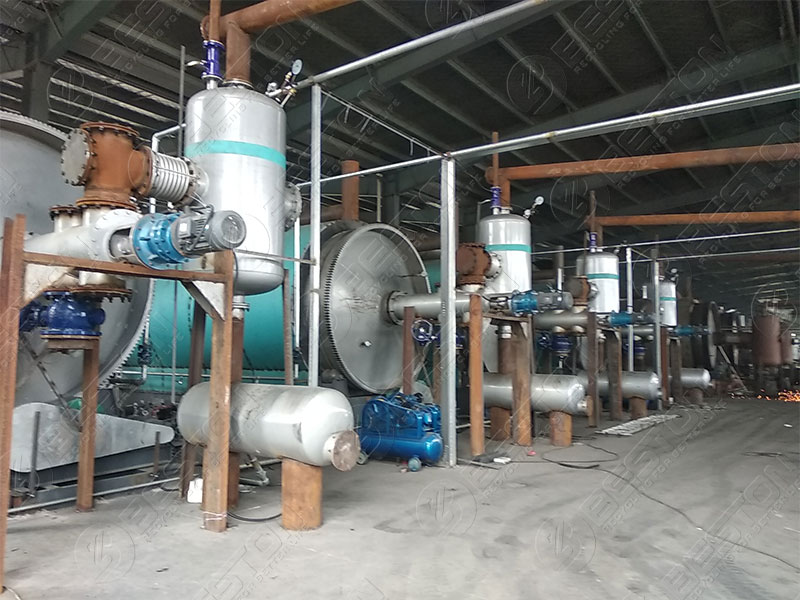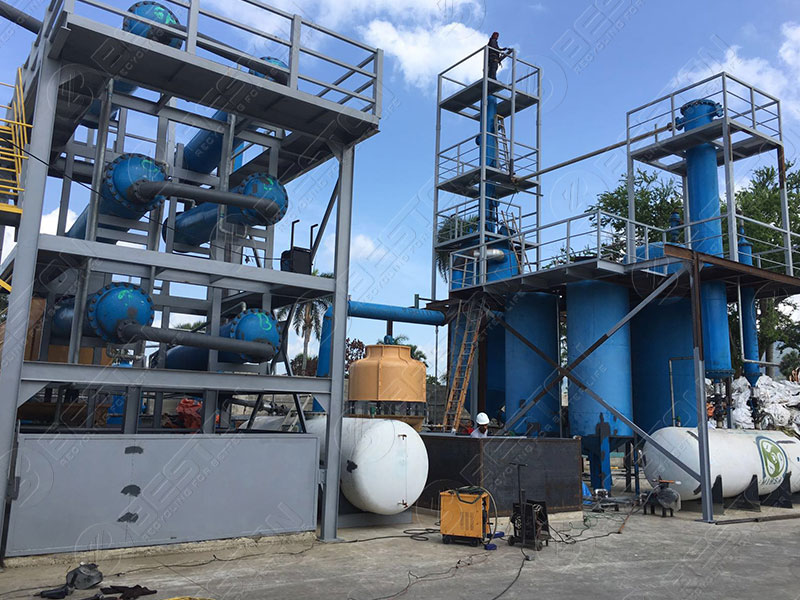The basic configuration of a tire pyrolysis continuous plant is a production line that converts tires into oil. Other optional configurations are available, such as those for environmental protection. The plant will include various safety and automation devices, such as a negative pressure system and an automatic feeding machine. This way, you can minimize the amount of labor required. However, if environmental protection is a priority for your company, you should invest in a more advanced plant.
Energy Consumption
The power consumption of a continuous tire pyrolysis plant(Venta de Planta de Pirólisis) is around 60 kW per hour. This is significantly lower than the 100 kW/h required by a batch plant. But the higher the output of carbon black, the greater the power consumption. To make this comparison more concrete, let us take the case of a 10 ton tire pyrolysis plant. The resulting carbon black is around 35% to 45% in oil content. The carbon black that results from this process is a fine powder. The steel wire is removed before the main furnace. Unheated steel wire is sold for a higher price than heated ones.

The oil generated by a waste tire pyrolysis plant can be used in fuel for industry. It has a calorific value that is similar to that of coal, so it can be used as fuel in cars. It is also used to make steel rod. The oil obtained from the process has a wide range of uses. It can be used for heating in vehicles, in factories, and as a fuel for cars.
Space Requirements
The number of vehicles on the planet has increased drastically, and many countries are turning to the technology of tire pyrolysis to solve this problem. You might have noticed huge piles of waste tires in landfills. These waste tires pose several problems for landfills, and one solution is a continuous tire pyrolysis plant. These plants can operate continuously for 72 hours or more and process all types of tires.
The best models of continuous pyrolysis plants have a daily capacity of 50 tons or more, and are designed to maximize assembly space while minimizing space requirements. In addition, they have fully sealed feeding and discharge systems to prevent cracked oil and gas from escaping and causing pollution. Beston(beston pirólisis) is also a good source of information about space requirements for tire pyrolysis continuous plants. This information will help you select the best model for your needs.
Design
A fully continuous system works 24 hours a day. A semi-continuous system can operate three to four shifts a day and requires only one hour to cool down the reactor before the next batch is produced. A batch system, however, can only work one shift a day and requires five to six hours to cool down. Regardless of the type of plant used, safety should always be a top priority.
Output
The output of a tire pyrolysis continuous plant consists of carbon black, steel wire, and fuel oil. It also produces combustible gas that can be used to heat the reactor. It can save energy and meet the environmental protection standard. Moreover, the process also produces by-products that can be sold directly. The following is a brief introduction of the basic parts of a tyre pyrolysis continuous plant.
A continuous pyrolysis plant runs twenty-four hours a day, producing about 100 tons of waste tires per day. It also generates by-products like carbon black, steel wire, and non-condensable gases. In addition to the by-products of waste tires, it also produces combustible gas that can be recycled and used as fuel. All these benefits make it one of the most cost-effective and convenient methods of recycling waste plastic.

Automation
A waste tire pyrolysis continuous plant is equipped with a unique sealed feeding system, which allows for continuous feed of the tires with minimal pollution. Tires begin to break down at approximately 300 °F and convert to oil gas. The oil gas produced is then used to power the main furnace. The waste tire pyrolysis continuous plant has an automatic screw feeder and discharger. It can be fully automated or manual.
Typical pyrolysis equipment (https://www.bestoneco.com/maquina-de-reciclaje-de-llantas/)includes a slide valve, a plug valve, an external heater, a lifting pipe, a spring hanger, and safety facilities. All parts should be solid and neat, and the bolts should be tight. The gas outlet must be closed. The graphite ring should be replaced every two months. Finally, the temperature in the furnace cannot exceed 1300°F.